Issue #4 | May 2025
Your monthly ticket to independent optometry excellence.
A Message from Jo
Hi Everyone,
It’s a pleasure to have you join us in the 4th issue of In Focus.
This edition has me reflecting on just how much technology has changed over the years. It is a constant in every part of our lives. Just think about our phones—
In the 70s, we relied on landlines.
In the 80s, the first large “brick” mobile phones made their debut.
By the 90s, mobiles had become more portable, with SIM cards making it easier to switch devices.
In the 2000s, we started using our phones to take photos, and smartphones soon followed.
Now, our phones are practically pocket-sized personal assistants and we use them to stay connected, manage our daily lives, and even work from anywhere!
The evolution of technology in optics has been just as transformative. Here’s how much we’ve progressed over the years:
Equipment
Since then, equipment has continued to improve with practices upgrading to the newest options and Optometrists being able to diagnose more and improve patient outcomes.
Contact Lenses
Lenses
Frames
Prescriptions
For as long as I’ve been in optics, (and from the time we started testing people’s eyes for vision needs), the standard for testing has been 0.25 dioptre steps. While we moved from testing in + (plus) cyl to – (minus) cyl, the 0.25 standard measure has not changed. the standard for testing has been 0.25 dioptre steps.
I can say that since starting work in the industry back in 1986, technology has indeed reshaped the way we deliver care, interact with patients, and operate our practices. It’s been a fascinating journey and there’s still so much more ahead!
I want to share as well that this issue is packed with supplier updates – many are technology-focused! We at Optipro encourage you to take the time to explore these insights, embrace the advancements, and think about how you might incorporate them into your own practice.
Enjoy the read and as always, if you have any questions, reach out through info@optipro.com.au!
Warm regards,

Our Full-Service Suite
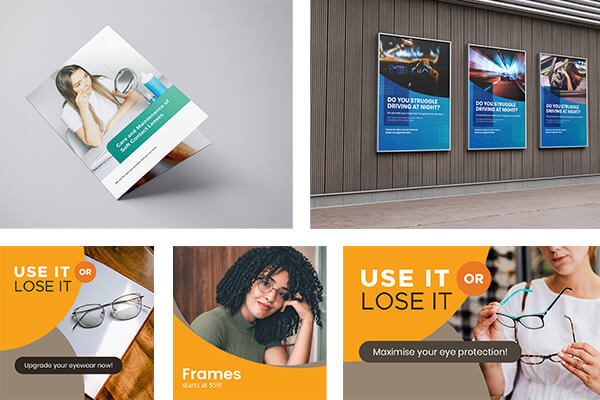
TECHNOLOGY: A Supplier Focus
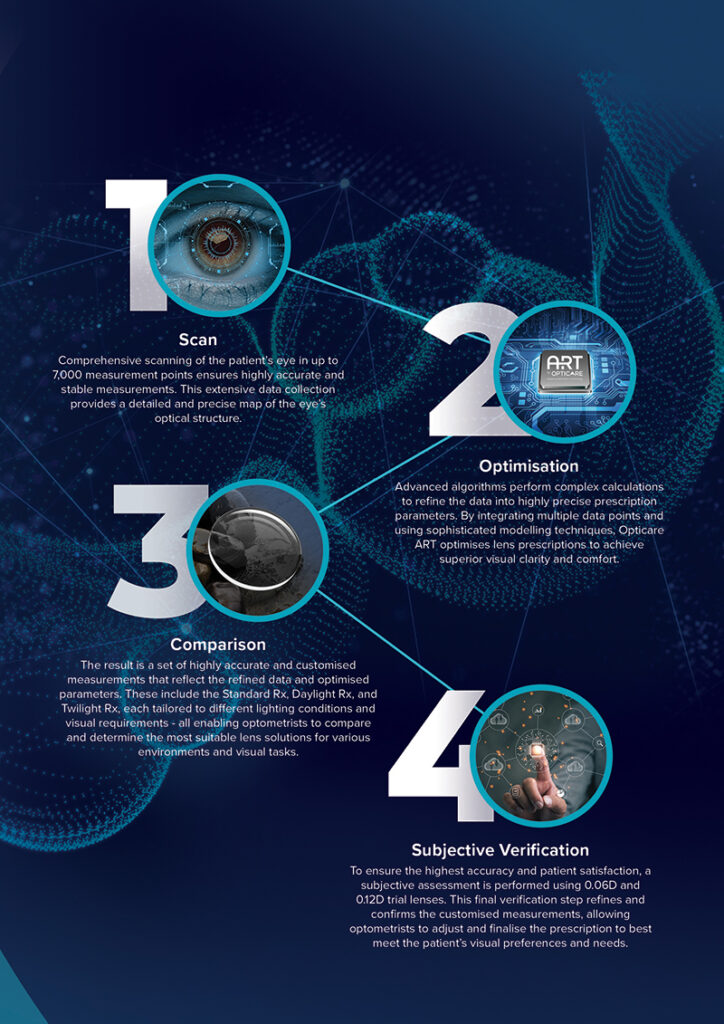
Explore Next-Level Retinal Imaging
— and Save!
The Huvitz HOCT-1/1F is a powerful all-in-one OCT and fundus imaging system that delivers fast, high-resolution scans in a compact design. For a limited time, Opticare is offering a $3,000 rebate on units ordered and paid by 31 July 2025.
*T&Cs apply.
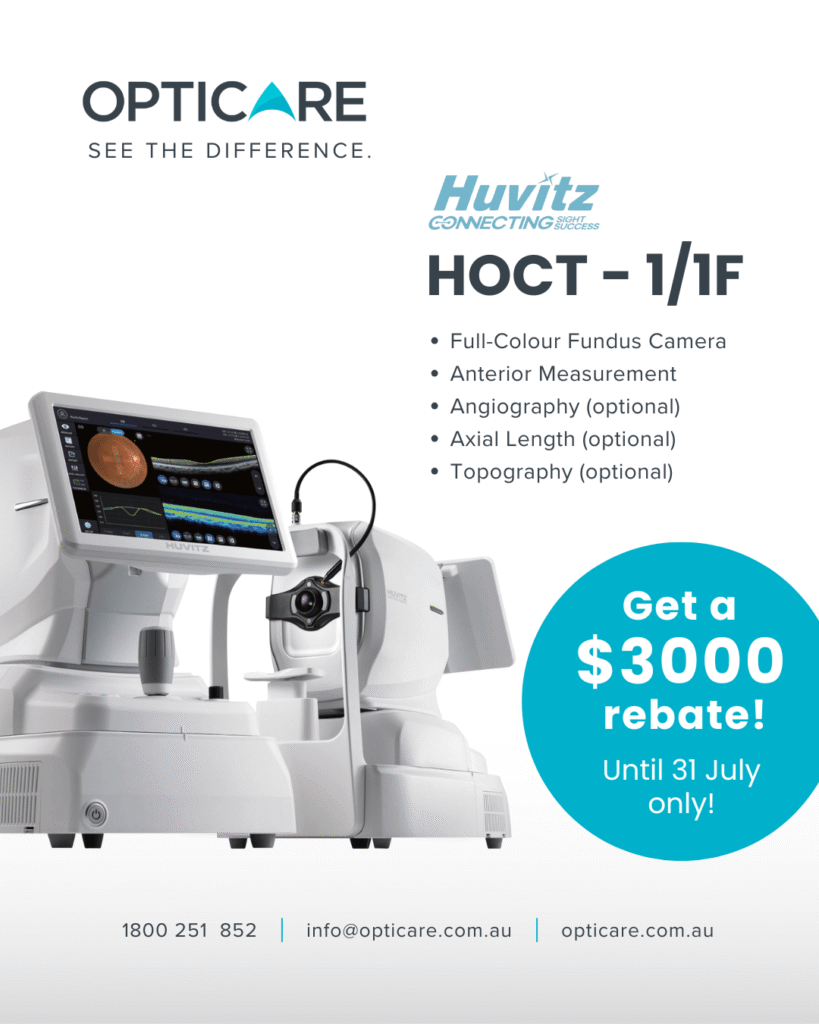
Outstanding Comfort All Day and All Month
Technology has revolutionised our lifestyle, and in an age where we spend more time plugged in than powered down, we need a new contact lens that will let you embrace the digital age.
Bausch + Lomb ULTRA contact lenses provide an exceptional combination of comfort, vision and health for your digital lifestyle. With its unique MoistureSeal™ technology Bausch + Lomb ULTRA contact lens offers moisture retention for a full 16 hours, and it helps to prevent dehydration blur. Ultra soft, ultra breathable contact lenses suitable for all-day wear and for up to 7-days extended wear, replaced on a monthly basis.*
*As prescribed by an eye care professional.
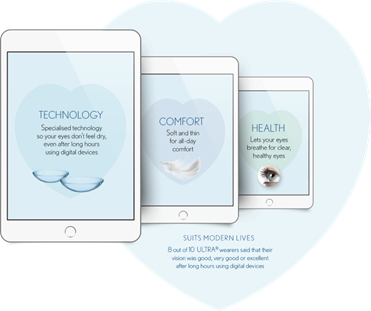
ULTRA For Presbyopia
Bausch + Lomb ULTRA for Presbyopia offers an exceptional comfort united with a proven multifocal design. Bausch + Lomb ULTRA with MoistureSeal™ technology for exceptional end-of-day comfort.
The 3-Zone Progressive™ Design delivers outstanding near, intermediate and distance vision. It provides a smooth, quick transition that lets you see clearly even as your eyes change focus from one zone to another, without blurriness. A design that gives you clarity in real-world experiences.
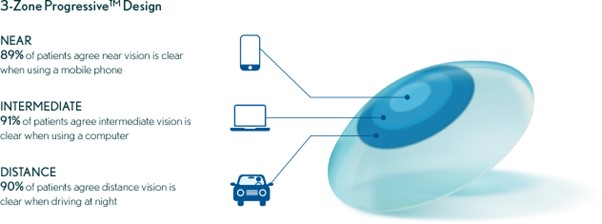

Hilco have a range of pliers that have been designed with ergonomics, technology, and use considered. The ErgoProfile range was created by eyecare professionals for eyecare professionals.
The range available through Hilco includes the following features:

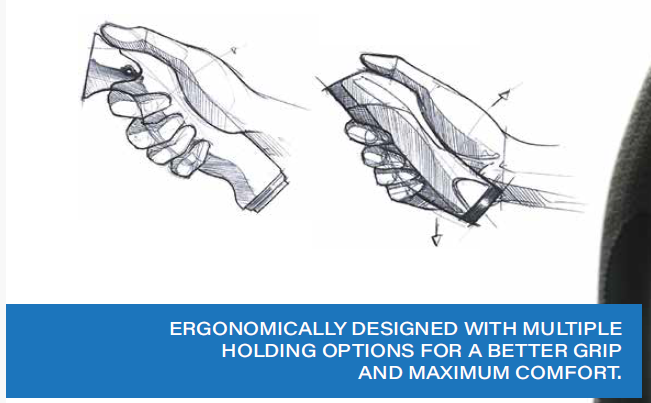
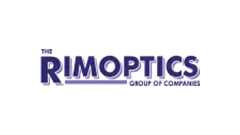
With ODMA Fair in June fast approaching, Rimoptics is giving Optipro members a head start with an exclusive pre-show deal. Check out the offer below and stock up while it lasts!
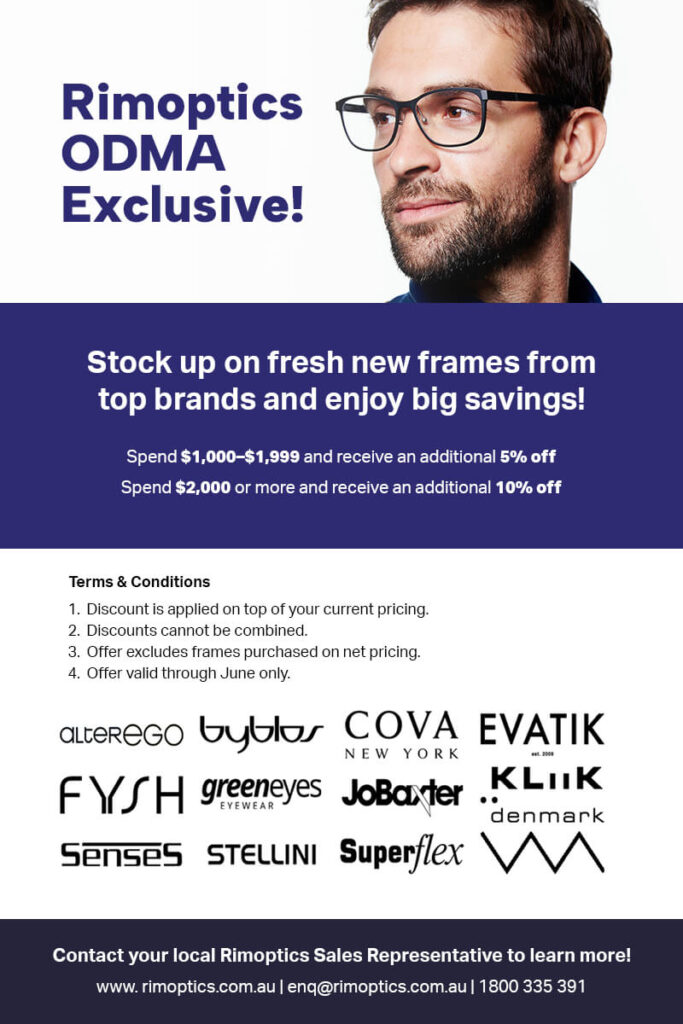


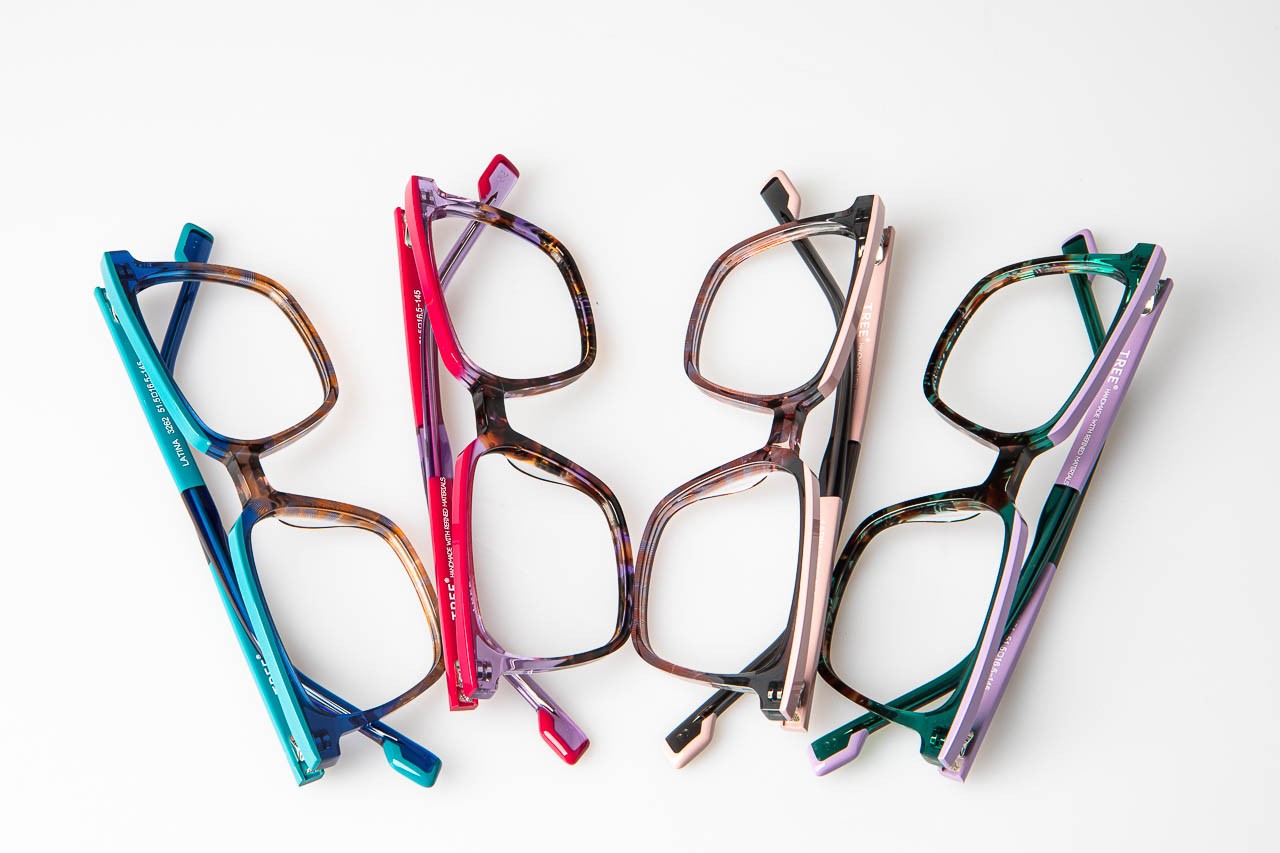
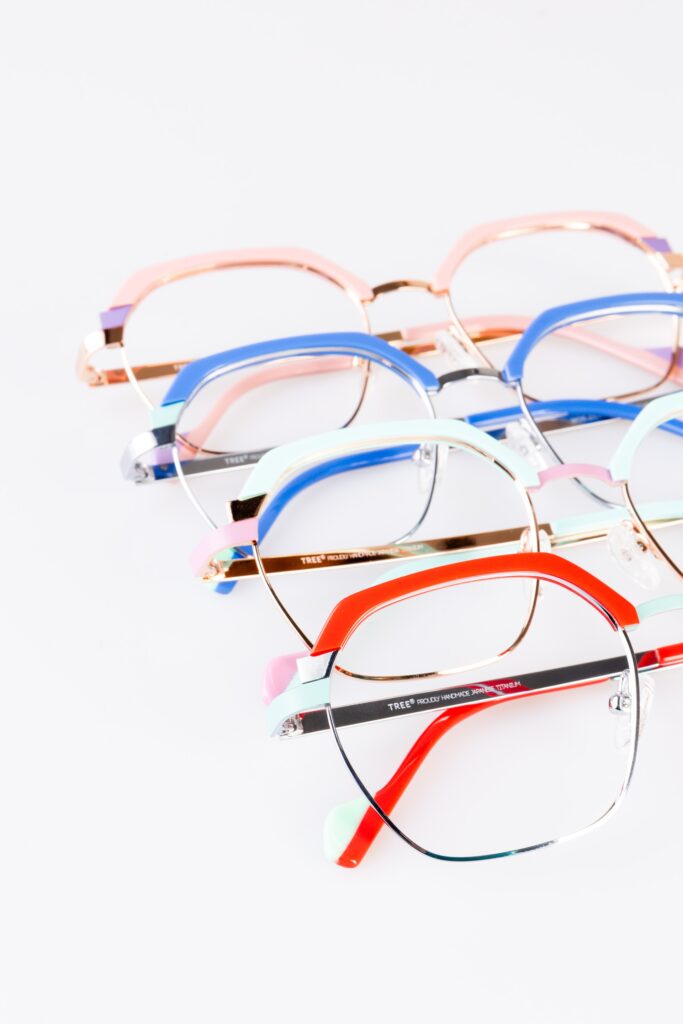
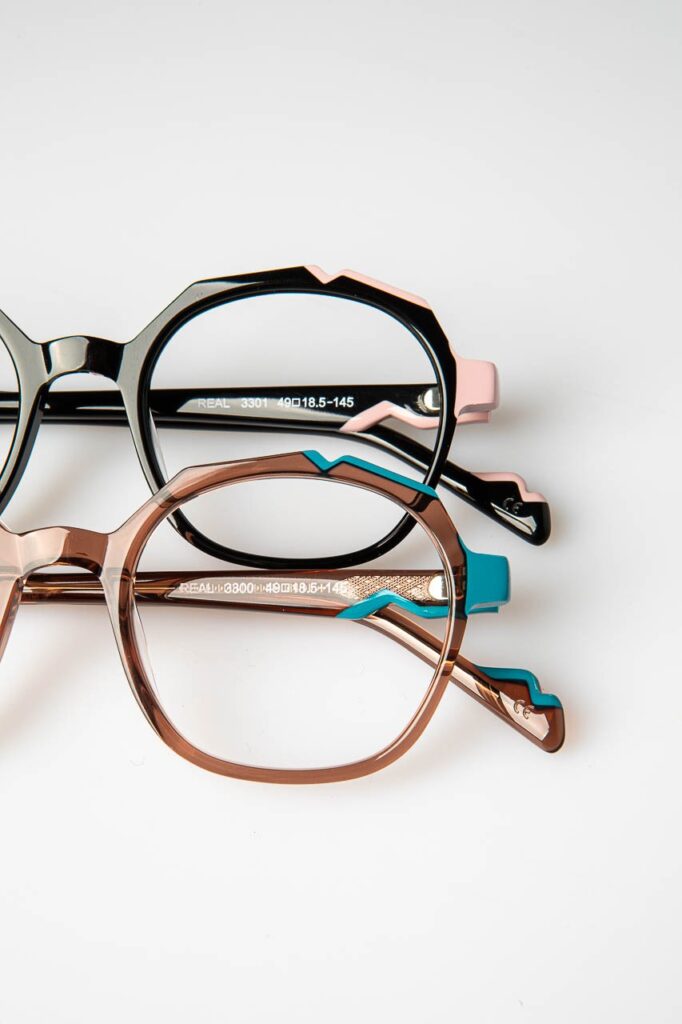
Order new frames, get rewarded!
Frames Etc is turning your next frame order into a win — receive a $200 Visa Gift Card when you place a qualifying order on their latest styles!



There is an increasing number of presbyopes wearing contact lenses today. SEED has been striving to meet their demands for good vision at all visual distances regardless of environment, so they can see clearly for every occasion. Working jointly with the Brien Holden Vision Institute, a world-renowned research institution, SEED is now able to offer an innovative contact lens for presbyopia.
The Brien Holden Vision Institute and SEED have developed an algorithm that unlocks the full potential of optical characteristics (lens performance) and visual properties (visual acuity for users). They have applied this to lens design to develop a unique EDOF lens that minimises variability in visual performance at varying distances, the major limitation of conventional bifocal contact lenses.
Factors such as varying visual distances and changing pupil size can affect the stability of visual performance of conventional bifocal contact lenses.
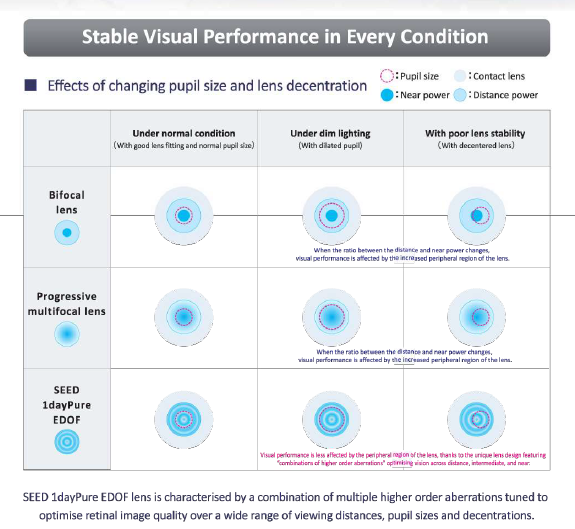
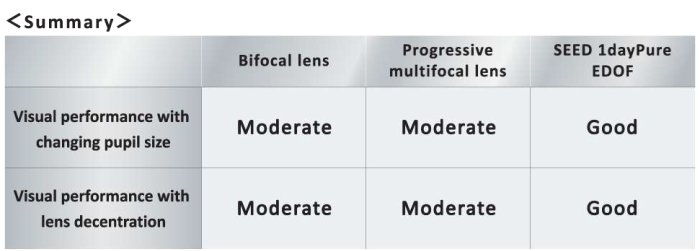
Optipro is a vibrant marketing and buying group dedicated to independent optometrists. We offer tailored support and exclusive member benefits to help your practice succeed. Join us and experience how we’re Empowering Independent Optometry.